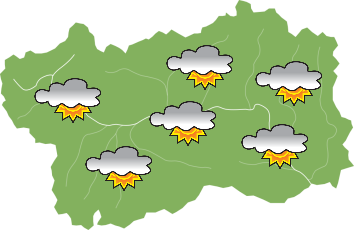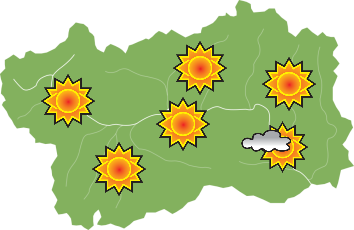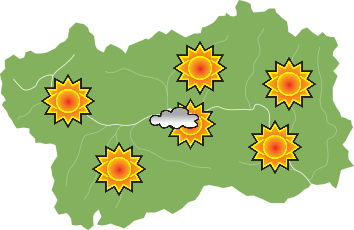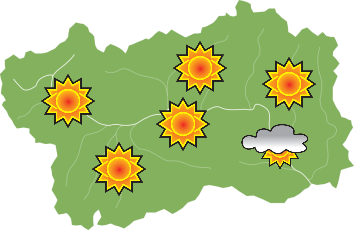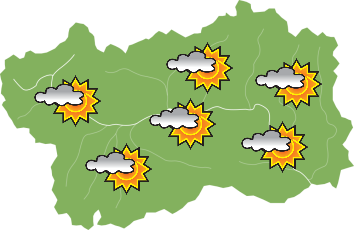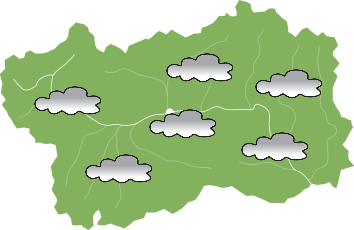The Coumba Frèide is a narrow and deep valley connecting the city of Aosta to the Great Saint-Bernard pass. Together with the Valpelline, it forms the Comunità Montana Grand Combin, which includes 11 municipalities. Ten of these—Allein, Bionaz, Doues, Etroubles, Gignod, Ollomont, Roisan, Saint-Rhémy-en-Bosses, Saint-Oyen, and Valpelline—organize annual carnivals featuring masks and characters that are nearly identical across the towns.
The origins of this tradition are lost in time, but the first historical mention of these masks in Aosta dates back to 1467. There are two main interpretations of the Coumba Frèide carnival’s roots. The first, pseudo-historical, ties the event to Napoleon’s passage through Great Saint-Bernard pass in May 1800, suggesting that the costumes are allegorical representations of soldiers’ uniforms. The second, more folkloric, claims the carnival began with the wedding of two elderly villagers. The guests, embarrassed to attend in their Sunday best, chose to dress in unusual garments instead. However, it is believed that the carnival is rooted in ancient springtime exorcisms meant to drive away evil spirits. This is supported by the presence of similar characters and symbols across the Alpine region, such as:
- The bear: representing the changing seasons and forecasting an early spring if it ends hibernation early.
- Mules' tails: symbolizing winds, used to dispel harmful air currents and invite favorable ones.
- Mirrors on costumes: believed to ward off evil spirits.
- The color red: signifying strength and vitality, also thought to exorcise misfortune and malevolent influences.
The carnival of the Great St. Bernard is especially noteworthy for combining two emblematic carnival figures: the arboreal man (represented by floral elements on hats) and the faun-like man (represented by the bear). All costumes are hand-stitched.
The carnival begins on the day after Epiphany and ends on Shrove Tuesday. The characters remain consistent every year, and their order in the parade is strictly maintained. The procession is led by a Flag Bearer or Guide, identified by glasses and a mustache, who directs the parade with a small trumpet. Following him is the musical group (two or three musicians playing the accordion and/or saxophone) and the Devil, wearing a short red cape and carrying a pitchfork to trip passersby.
Next come pairs of Damsels and Harlequins, followed by the Blacks (symbolizing long winter nights) and the Whites (heralding sunny spring days). Masked characters dressed in red carry tails to tickle the crowd. At the end of the parade are the “Toc” and “Tocca” (the two village simpletons). The “Toc” interacts playfully with onlookers, while the “Tocca” jealously reprimands him. They are trailed by the Bear and the Trainer. The bear, symbolizing fertility, chases women and children, tossing adults into the snow.
To learn more about the upcoming carnival program in Valpelline and the Grand-Saint-Bernard Valley municipalities, consult the local tourism database under the "Events" section.





